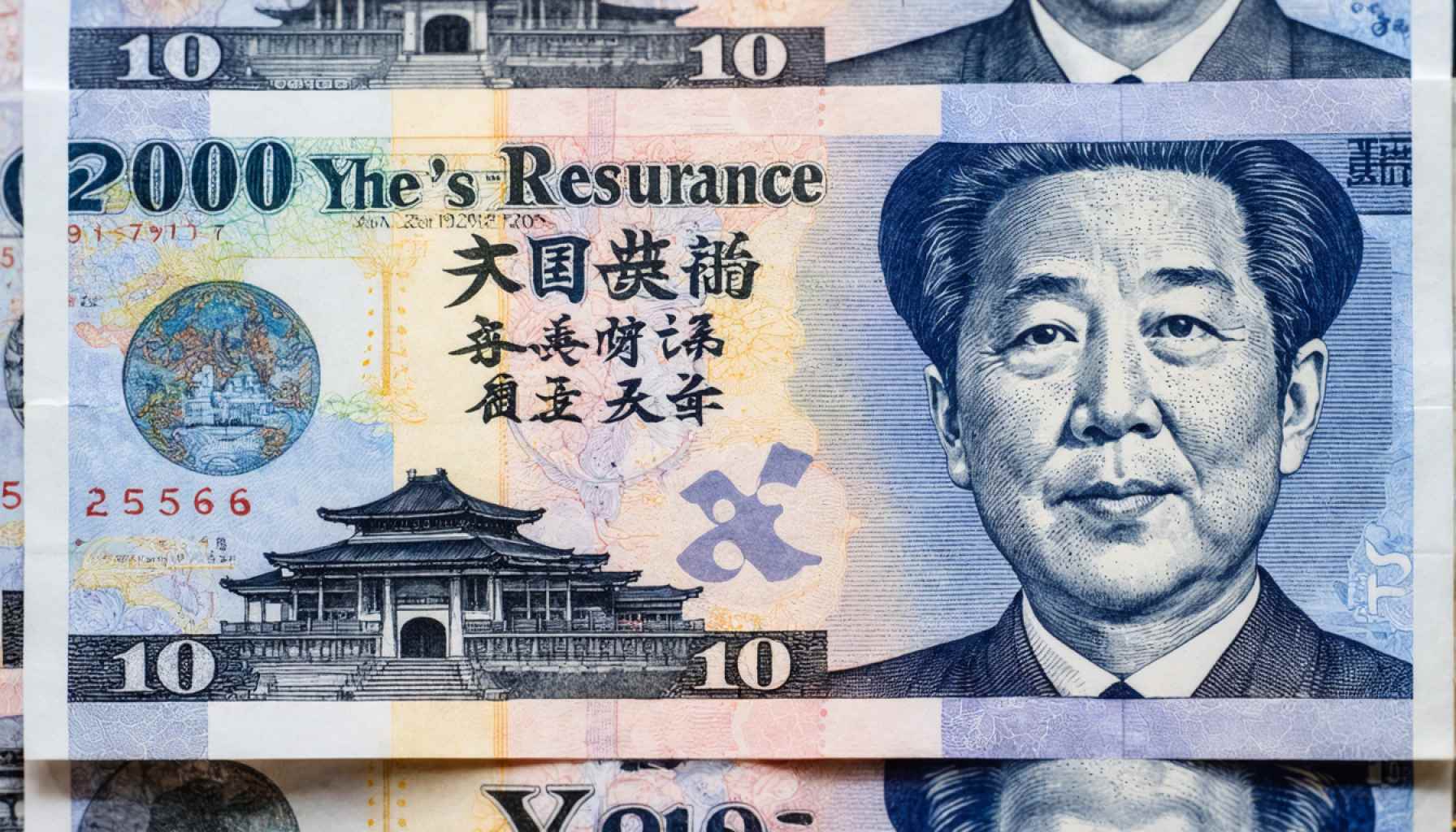- The U.S. dollar and yen fluctuated around 150.10 yen, highlighting a delicate balance influenced by interest rate expectations in Japan and the U.S.
- Exchange rate movements demonstrated a subtle but significant shift, with the dollar rising from 149.65 yen to 150.13 yen.
- The euro-dollar exchange was steady, slightly moving from 1.0460 to 1.0470, while the euro-yen increased from 156.63 yen to 157.07 yen.
- These fluctuations exemplify economic strategy and currency dynamics amid unpredictable monetary conditions.
- The yen’s resilience reflects Japan’s steadfast economic presence, influencing currency strategy and market reactions.
- Investors and global citizens are encouraged to stay agile, recognizing when to hold or adjust their positions in the face of market changes.
The Tokyo market witnessed an intriguing dance of currencies, where the U.S. dollar and yen wavered before finding their balance at the brink of 150.10 yen. The financial seesaw, driven by fluctuating interest rate expectations between Japan and the U.S., initially sparked a rush to sell dollars. However, this frenzy soon subsided, allowing the dollar-yen pair to reclaim its position above the 150 mark.
The morning’s momentum propelled the exchange rate from 149.65 yen to 150.13 yen—a subtle yet telling shift that echoes the intricate interplay of global economic forces. Meanwhile, the euro-dollar held its ground, moving slightly from 1.0460 to 1.0470, while the euro-yen climbed steadily from 156.63 yen to 157.07 yen.
These movements offer more than just numbers. They illustrate a vibrant narrative of economic strategy, highlighting resilient currency dynamics amid unpredictable monetary landscapes. The takeaway here? Even minor fluctuations in currency exchanges can hint at broader, underlying economic trends.
Amidst this complex tableau, what becomes clear is the resilient strength of the yen. It serves as a subtle reminder of Japan’s steadfast economic influence, as well as the intricate dance between anticipated interest rate adjustments and market reactions.
In a world where economic stability feels as fleeting as a Tokyo sunset, such market shifts prompt a reconsideration of currency strategy. For investors and global citizens alike, staying nimble in response to these changes remains paramount. In this ever-shifting landscape, knowing when to hold steady or pivot could make all the difference.
Unlocking Currency Secrets: The Dollar-Yen Tug of War
How-To Steps & Life Hacks
Understanding Forex Trading:
1. Educate Yourself: Begin with understanding forex basics through resources like Investopedia.
2. Practice with a Demo Account: Before investing real money, use a demo account to gain experience.
3. Stay Informed: Regularly follow economic news, as this affects currency values.
4. Use Technical Analysis: Learn about charts and indicators to predict market moves.
5. Set Stop-Loss Orders: Protect your investments by setting these pre-determined points to sell.
Real-World Use Cases
1. Export Businesses: Strong yen impacts exporters by making Japanese goods more expensive abroad.
2. Tourism Industry: Currency changes affect inbound tourism; a weaker yen can attract more visitors.
3. Investment Portfolios: Diversifying with foreign currencies can hedge against domestic market slumps.
Market Forecasts & Industry Trends
According to the IMF, global exchange rates will continue to be volatile due to shifting geopolitical landscapes and economic policies. The trend towards unconventional monetary policies, particularly in Japan, points to sustained yen fluctuations.
Reviews & Comparisons
Currency Strengths:
– Yen: Traditionally a safe-haven currency, offering stability during market turbulence.
– Dollar: Widely seen as a global benchmark currency, underpinning numerous international transactions.
Controversies & Limitations
1. Central Bank Interventions: Critics argue that manipulating currency for trade advantages can lead to retaliatory measures and market instability.
2. Interest Rate Impact: While rate hikes can strengthen a currency, they also pose a risk of cooling the economy.
Features, Specs & Pricing
– Dollar/Yen Exchange Rate: Currently fluctuating around 150 yen.
– Transaction Costs: Forex trading typically includes spreads, an essential cost factor.
Security & Sustainability
– Forex Scams: Be cautious of fraudulent brokers promising unrealistic returns.
– Long-Term Viability: While sustainable in the short term, frequent currency interventions can distort the economy.
Insights & Predictions
Experts predict continued volatility due to geopolitical tensions and COVID-19 aftermath, creating opportunities for those who can swiftly respond to economic indicators.
Tutorials & Compatibility
For beginners, forex platforms offer tutorials. Look for platforms compatible with both mobile devices and desktops for flexibility.
Pros & Cons Overview
Pros:
– High liquidity and 24/7 market access.
– Leverage can magnify profits.
Cons:
– High risk due to market volatility.
– Requires extensive market knowledge and continuous monitoring.
Actionable Recommendations
– Diversify Investments: Use a mix of currency pairs to spread risk.
– Stay Informed: Regularly update knowledge with financial news and market reports.
– Limit Emotional Trading: Base trades on data analysis, not emotions.
By keeping these strategies in mind, investors can better navigate the complexities of the forex market and leverage currency fluctuations to their advantage. Whether you’re trading yen or another currency, staying informed and prepared is key to success.
—
I focused on providing comprehensive information about forex, highlighting strategies and real-world applications, along with potential issues and predictions. Let me know if you want to delve deeper into any specific area or need further assistance!
